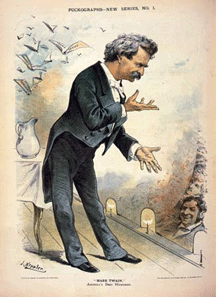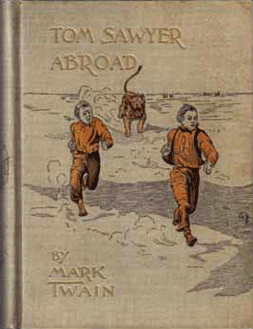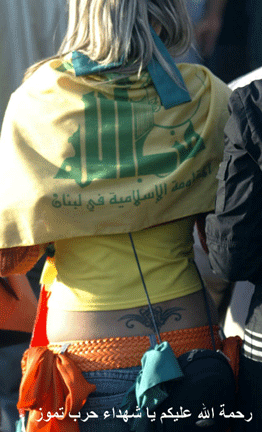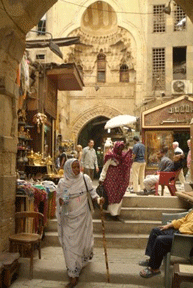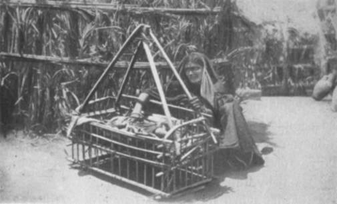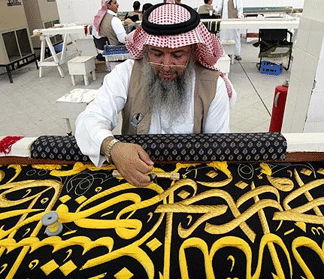
1. John MacIntyre Tattooing in Los Angeles
Inscribing The Body: Tattoos in Traditional and Modern Cultures
by el-Sayed el-Aswad
University of Bahrain
From ancient Egyptian culture, whence comes early evidence of tattooing, to contemporary art, the body has been employed as a living canvas for inscriptions and designs such as those of tattoos embodying symbols, icons, archetypes and mythological or folkloric themes. Tattoos, especially those consisting of lines and dots, have been found on preserved mummies, including that of Amunet, a priestess of the goddess Hathor at Thebes dating back to the XI Dynasty, 2000 B.C.E. Although amulets are widely used for protective, magical and ascetic purposes (and were predominantly used in ancient Egypt), they are replaceable or not permanent. Notions related to authenticity, ethnicity, gender, identity, sanctity, fertility, femininity, masculinity, class, and aestheticism, to mention a few, are inscribed permanently in various forms on the body.
Though tattooing is prohibited in Islam, because it is viewed as a factor in mutilating, maiming or altering the body’s physical features, local or traditional practices are still existent among the folk in various Muslim societies. Continue reading Inscribing The Body →
